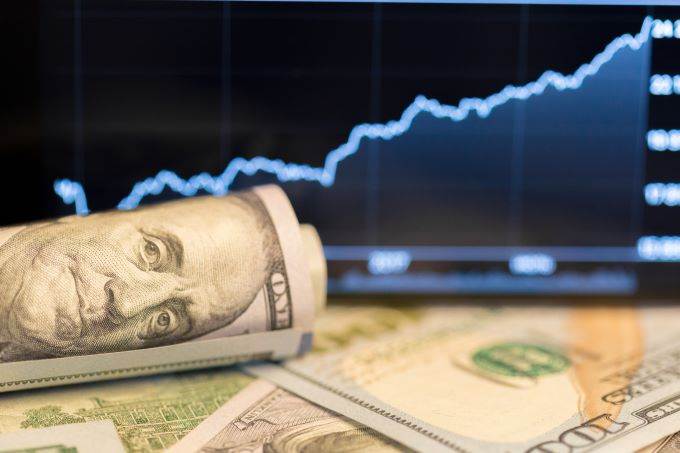Last week, amid the rising fears for a second wave of the Covid-19 pandemic, the US dollar closed lower for the third consecutive week, losing 1.43 percent against a bundle of its main competitors.
Currently, there is around 1,988,545 infected individuals in the United States as well as a death toll of 112,096, turning the country the most affected one by the pandemic, followed by Brazil and Russia.
In the late weeks' safe assets, the dollar has been jeopardized for increasing preference for risk. This has given improving expectations regarding the future of the global economy. Different world governments have chosen to reopen their economies, and the health crisis has been subsidized in most of the western world, and now the pandemic’s main hot spot is Latin America.
This has driven traders and investors towards riskier assets, like stocks. In fact, American stocks rallied last week, as the S&P 500 advanced 4.91 percent and the Nasdaq 100 gained 2.81 percent. While there is rising tensions between the US and China, the wave of social unrest in the US, and the high possibility of a second wave of Covid-19, analysts ask why this is happening now. It seems that the markets do not consider these factors relevant, especially in regard to the future of the US and global economic performance.
Another possibility is that the good news they learned about the US economy superseded the bad ones in importance. For example, the markets learned that the US manufacturing sector rebounded from an 11-years low in May, as Markit's index for factory activity climbed to 43.1, after being at 41.5.
Yet, there are some analysts who are cautious regarding this data, as it's necessary to remark that it still is signaling a contraction in the manufacturing sector. However, it is a milder contraction from the previous months, as it is the first increase of the index since January 2020.

"Supply chain disruptions and implementation of new social-distancing protocols in factories and workshops not just in the United States, but around the world, likely mean that the recovery here will take longer than the quick turnaround we expect to see in consumer spending," commented analysts at Wells Fargo, "Today’s report is not the end, but after some of the worst months on record, it is a welcome step in a better direction,” they added.
Markets also learned late in the week that the federal unemployment rate dropped for the first time since the coronavirus crisis hit the economy. In May, the economy gained 2.5 million jobs, the first gain since February, though the number of individuals that are looking for unemployment stood at 21 million. This means that the unemployment rate stood at 13.3 percent in May, dropping from April's 14.7 percent and going against the analysts' expectations, as they foresaw an increase to 19.8 percent.
There is a lot of hope for a V-shaped recovery for the world's economy at this moment, which has affected safe havens in a significate way since they tend to be favored when the expectations worsen, while they tend to lose value when there is a renovated appetite for risky assets. An example of this is Gold, a famous hedge against exchange-rate risk, which lost 3.10 percent of its value last week after remaining almost steady on the previous one.
Now the question is whether the market is being overly-optimistic regarding the future. The recent data for sure reinforces this narrative and some even claim that the markets had it right the whole time, as there are positive signs coming from other markets.
“Equity markets are always anticipatory mechanisms. Investors are always looking down the road 12 months, 18 months later. The rally we’ve seen was the market anticipating a rebound maybe not all way to previous levels, but at least a recovery inactivity,” explained an analyst at Brown Brothers Harriman, “That seems to becoming more quickly than what anybody anticipated,” he added.
